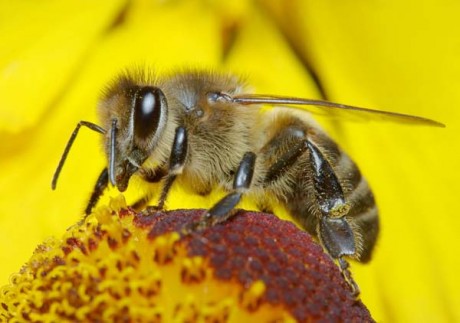Bees and Butterflies in the garden
Attracting bees and butterflies to a garden is helpful to all, given that we all depend on beetles, wasps, flies, hummingbirds and others to pollinate the plants that provide us with much of our food, shelter and other necessities.
Any garden, whether a window box on a balcony or a multi-acre backyard, can be friendly to pollinators. Here are some tips from The Xerces Society, a non-profit that protects wildlife through the conservation of invertebrates and their habitat.
- Provide a range of native flowering plants that bloom throughout the growing season.
- Cluster flowering plants together in patches.
- Plant a variety of colors. Blue, purple, violet, white and yellow flowers are attractive to bees. Different shapes also attract different types of pollinators.
- Avoid pesticides that tend to reduce available nectar and pollen sources in gardens and can poison the insects that make growing plants possible.
Xerces Society's recommendations for the Mid-Atlantic:
Native plants |
||
|
|
|
Garden plants |
||
|
|
|
Resources
"Attracting Native Pollinators: Protecting North America's Bees and Butterflies," The Xerces Society. xerces.org
E–The Environmental Magazine. emagazine.com
-
Share this story:



